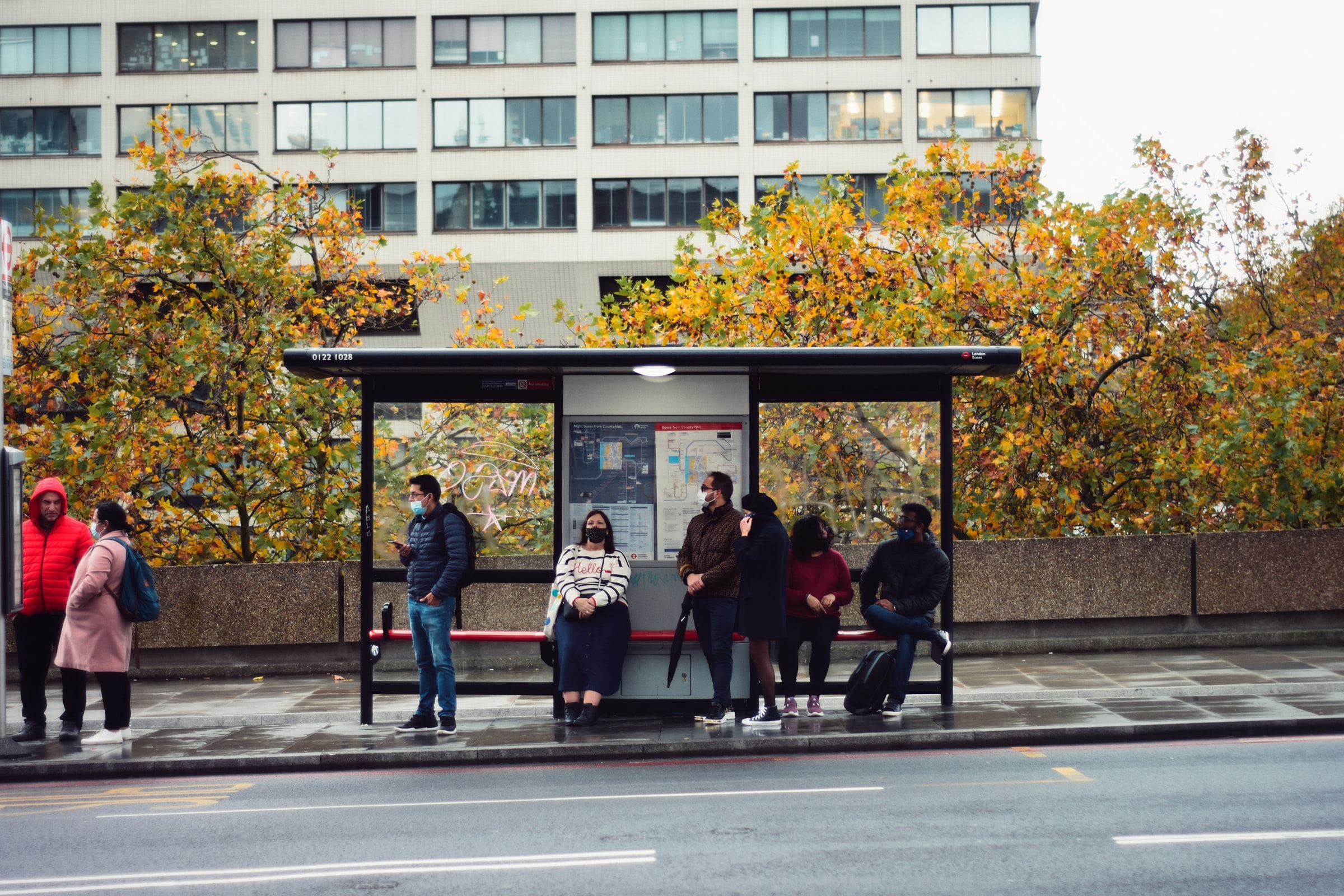Many of us talk about – and even try to – meaningfully center equity in transportation policies and projects. We have a long way to go. To get there, we have to know where we’re starting from and seek opportunities to learn from agencies and organizations that are advancing this practice throughout the country.
To help ourselves and others looking to do better, Barr’s Mobility team commissioned Community Science and the Center for Neighborhood Technology (CNT) to develop a guide that shares promising practices for evaluating the equity impacts of policy decisions in the transportation field. In the following post, the authors of the guide share high-level context and the characteristics that are necessary for agencies who hope to advance equity in their work. Keep reading to access the guide and sign up for the webinar to learn more about the tools.
Decisions in the transportation field have often harmed Black and brown communities: for example, freeway construction destroying Black and brown neighborhoods, federal funding policies for public transit that favor rail expansion to affluent suburban communities rather than urban transit service improvements, land use decisions that focus on polluting truck traffic in communities of color, and inequitable traffic law enforcement. To advance equity, we need to push transportation decisions in a different direction. The Tools for Equitable Mobility Practices Guide describes the landscape of existing equity assessment tools that apply to transportation and mobility decisions.
From our work, we have found that transportation agencies that have pioneered those tools share essential characteristics:
Knowledge and acknowledge of past harms. Before working to solve any problem, it is important to understand what the problem is, how it came to be, and who is impacted by the problem. To ensure that efforts to increase equity do not replicate past injustices, people and organizations need an understanding of the historical context and must be willing, to be honest about the harm that has been caused by transportation policies and programs.
Understanding of equity. Learn more about potential equitable solutions. All the tools in this guide rely on agencies having done quantitative work in their geographies to identify and measure transportation disparities and, even better, have determined indicators to measure transportation equity.
Definition of equity. Combine your understanding of current and past harms in your region with potential equitable solutions to define what doing better means in your community or agency. Start by defining the term equity, identifying principles, and setting goals through an inclusive process are early steps for an agency to advance equity.
Commitment to equity. Commit to doing the work. A public and authentic commitment to equity is needed at numerous levels, including leadership, board, and staff. Equally as important, there is a financial commitment to equity.
Processes that support equity. Infuse equity throughout your work so that you do not easily backtrack. Agencies that are ready for these types of tools have strong community engagement practices, experiences partnering with advocates and mobility justice groups, internal decision-making processes that ensure that equity is considered, established internal equity expertise, and a system for accountability.
In the guide, we highlight six promising tools for assessing equity impacts of transportation policy decisions and describe how and in what context these tools are implemented. We selected these tools in collaboration with industry leaders, funders, and advocates who are leading some of the promising practices in the field. Transportation agencies, at all levels, are the primary audiences for this guide, as they have the power and responsibility to change their behavior; advocates, organizers, and community groups can also use the guide to encourage their public agency partners to use the tools profiled.
Importantly, we also conclude that not every agency is ready to use these assessment tools. The characteristics noted above are preconditions for successful use – and agencies without these should take these earlier steps (described in more detail in the guide) toward equity before jumping into using the advanced tools profiled in our guide. Premature application of these tools, by agencies that are not truly committed to an equity framework, will turn the equity analysis into a performative exercise—causing more harm to communities of color and low-income communities.
Leaders and staff in these public agencies will have to confront the realities about the past and ongoing harms caused by transportation decision-makers. This means comprehensive tools for assessing the equity implications of new policies and programs need to be deeply integrated into decision-making processes and actions, and an explicit investment in building the capacity of agencies to implement equity tools in partnership with communities most impacted by transpiration policy decisions.
Want to learn more? Register below for our upcoming webinar on January 25, 2022 at 1 PM EST. We will host a panel of equity leaders from public agencies and advocacy organizations who have centered equity in their transportation policy decisions and actions. Hear their journeys. Learn from their experience.
A version of this post originally appeared on Community Science’s website under the title “Public Agencies are Driving Equity in All Transportation Policy Decisions, Acknowledging More Work Must Be Done”.







